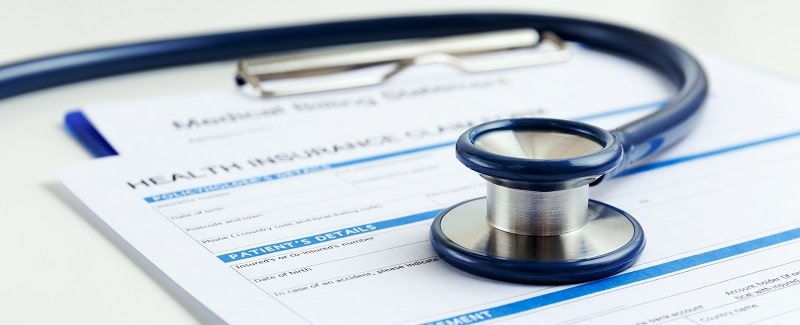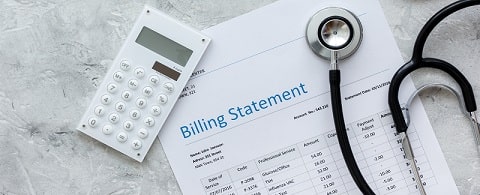Healthcare Providers and the Changing Dynamics of Payments
Posted by Mike Fontana on 21 Dec 2015


This blog was edited in 2019 for content and clarity.
Consumerism, regulation, and an aging population all affect how healthcare providers operate their practices and how much they get paid. A major area of concern is the way providers receive payments from institutional organizations (such as the government) and their patients. There are many different variables that healthcare providers must consider as institutional and individual markets change. As providers face increasing administrative management needs, let’s examine some of the forces impacting payments and their potential effects.
Market forces, changing payment models, and digital transformation have been driving providers to collect more of their patient payments electronically. As value-based payments push into the norm and replace fee-for-service models, ensuring payments are correct, timely, and properly distributed among organizations and networks is becoming even more important.
Modern compensation models require providers to deliver comprehensive service for a fixed amount, a marked shift from payment for individual services. This fixed sum is often split between multiple providers, and funds may come from multiple sources. With so many variables at play, the lack of a centralized electronic solution to help coordinate everything could put healthcare providers at a competitive disadvantage.
Healthcare providers must prepare for the accounting, payment collection, information collection, and consumer engagement necessary to stay connected and competitive. Proper preparation can help ensure that providers get paid for their services, create efficiencies that allow for better service, and provide the individual experience that healthcare consumers seek.
To increase efficiency, paper EOBs can be turned into electronic copies. Data files can also be captured, analyzed, and uploaded to the respective PAS/PMS. Healthcare providers will have to properly account for, analyze, and disperse any ERA information internally and to their institutional partners. Electronic payments can be re-associated to claims with the proper ACH CCD+ and vCard process. Providers can work with payers who have the infrastructure in place to receive files and process multi-payment type provider requests, whether developed internally or acquired through partnerships with strong vendors (the more likely scenario). This would give providers the option to make accounts receivable payments decisions based on cash flow and operational resource needs at any specific point in time.
The growth of consumer-directed healthcare, and the patient responsibility that comes with it, creates new pressure from both payers. Changes in consumer payments will force healthcare organizations to reevaluate how they work their revenue cycles. New forces will make it imperative for healthcare institutions to institute a new RCM process in order to keep costs in check and meet the needs of the new consumer. This includes further development of a data hub, as well as increased and improved integration between the clinical, administrative, and financial aspects of healthcare organizations.
This will also require further development, advancement, and use of technology—whether it be portal and API integration, telemedicine, specific applications designed to give providers the ability to work more efficiently within the confines of their structures, or mobile applications that allow consumers to access the healthcare system when, where, and how they prefer.
Schedule A Personalized Demo
Schedule a Free Consultation





